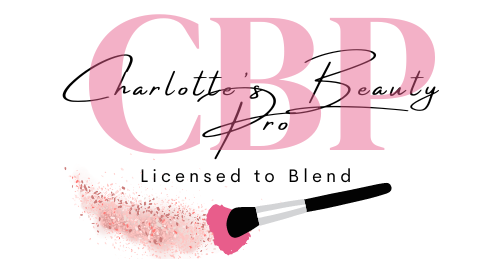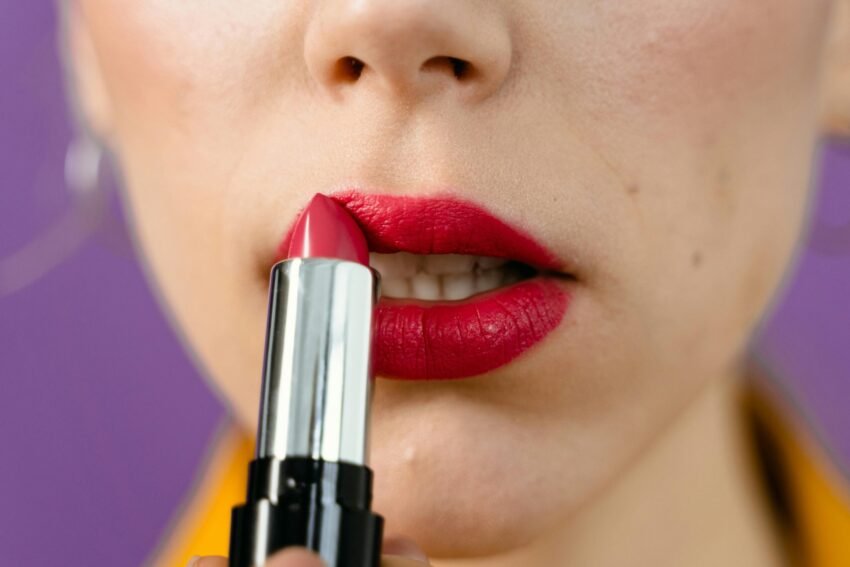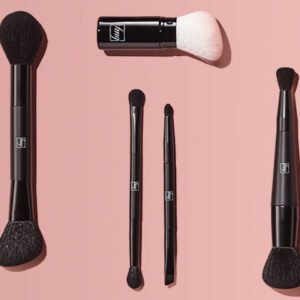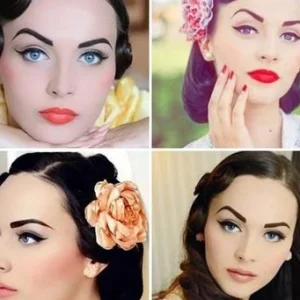How to Choose and Apply Lipstick
Lipstick, in its various forms, has been a staple in beauty for approximately 5,000 years, offering an effortless way to add an instant splash of color and draw attention to the face. However, finding the perfect shade can be a challenge, as no single color suits everyone. While there are no universally perfect shades, brands, or formulas, these guidelines will assist any woman in selecting the lipstick that best reflects her mood and personality.
Types of Lipsticks
- Sheer Lipsticks: More versatile than their opaque counterparts, sheer lipsticks allow your natural lip color to shine through. Although they may not last as long as other formulas, they are highly moisturizing and easy to wear. Cream lipsticks strike a balance between sheer and opaque, requiring careful consideration when choosing shades.
- Shimmer Lipsticks: These formulations generally last longer than sheer lipsticks and can flatter wearers of all ages. Their light-reflecting properties create the illusion of fuller lips. However, caution is advised, as shimmer lipsticks can appear unflattering on dry or chapped lips.
- Matte Lipsticks: Renowned for their longevity, matte lipsticks are excellent for making bold statements. They tend to dry out the lips, making them less suitable for those with existing dryness or chapping.
Lip colors come in various applicator styles, but stick lipsticks in bullet-shaped holders remain the most popular. Given that lips are sensitive to the sun, formulations with built-in sunscreens are highly beneficial. Lip gloss can add a lovely sheen on its own or provide a glossy finish when applied over regular lipstick.
To define your lips before application, lip liner is a practical choice. It helps prevent feathering and enhances the overall look. For a more pronounced matte effect, consider applying lip liner over the entire lip area, but be mindful to apply a lip balm afterward to avoid dryness.
Choosing a Color
Traditionally, certain colors are recommended for different seasons: rich, deep shades like burgundy or plum reds in winter; lighter, pastel tones such as pinks or lavenders in spring; sheer or glossy formulations in summer; and earthy, brown-based shades in autumn. However, lipstick is ultimately a form of self-expression, and experimenting with colors outside these guidelines is encouraged.
Color Guidelines
- Fair Complexions: Light colors work best; opt for nudes, beige tones, light corals, or light pinks. Sheer formulas are particularly flattering.
- Medium Complexions: Brown-based mauves or sheer berry shades in a cream formula suit this skin tone well.
- Fair Skin with Yellow Undertones: Red shades, particularly those with golden undertones, are ideal, as well as pink shimmers. Both color schemes work effectively across various formulas.
- Darker Complexions: Rich shades such as burgundy, chocolate, or plum are most flattering and work beautifully in any formulation.
-
Lipstick Application
To achieve the best results, start by moisturizing your lips. This creates a smooth base for application. Priming the lip surface with a foundation will help cover any cracks or imperfections, which can be best accomplished using a makeup sponge.
Next, lightly dust your lips with face powder to help the lipstick adhere and last longer.
Using a lip pencil—warmed slightly in your palm for easier application—outline your lips. Resting your elbow on a firm surface can provide added stability. Begin at the Cupid’s bow of your upper lip and continue outlining the lower lip.
Complete the outline on your upper lip, then fill in the defined areas with lipstick, ideally using a lip brush for precision. Open your mouth slightly to reach the corners and ensure even coverage.
To extend the wear of your lipstick and achieve a semi-matte finish, gently blot your lips with a tissue.
If your upper lip appears thinner than your lower lip, consider that the bottom lip serves as the point of reference for balancing the contours. When outlining, ensure that the width of the upper lip is proportionate to the bottom lip, from the Cupid’s bow to the center of the mouth. The shape of your Cupid’s bow can express your mood or personality; a rounded shape conveys a fuller, more sensual smile, while a pointed, angular shape reflects confidence and an outgoing nature.




